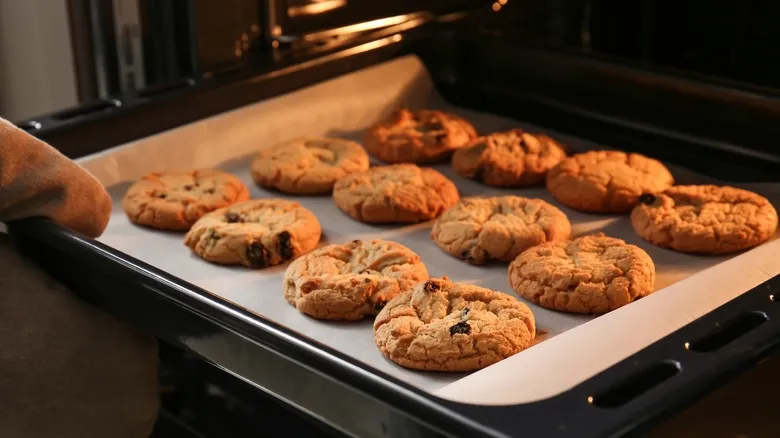What you roast versus what you bake
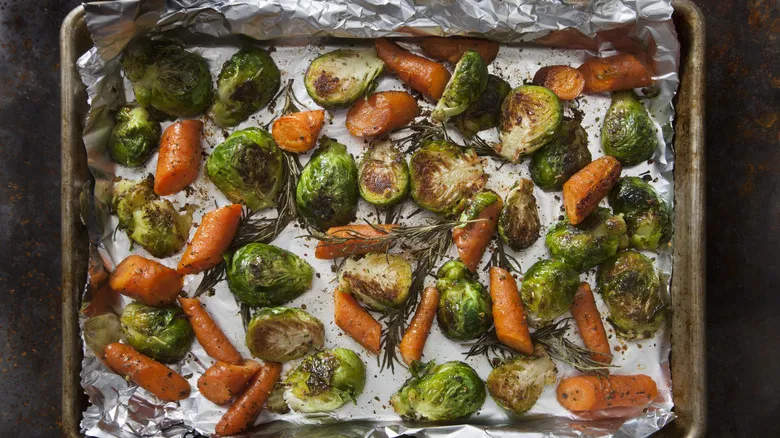
The distinction between roasting and baking isn't solely about the cooking method (as both involve placing items in the oven at a designated temperature) — it primarily relates to the type of food being prepared. Roasting typically applies to individual items, such as a potato, a carrot, or a large cut of meat. While you can certainly roast multiple ingredients together in one pan, each vegetable or piece of meat retains its individuality. In contrast, baking usually involves a mixture of various ingredients combined into a single dish — and some might argue that this process transforms those ingredients (for instance, when liquid cake batter solidifies).
Another key difference is that roasting is generally linked to savory dishes, particularly meats and vegetables. Although it's possible to roast fruit, there aren't many well-known sweet dishes that are roasted. Conversely, baking is often associated with sweet treats, but this isn't entirely rigid: Dishes like lasagna and casseroles are baked as well, fitting the definition since their ingredients meld together during the baking process.
What about my oven's bake and roast settings?
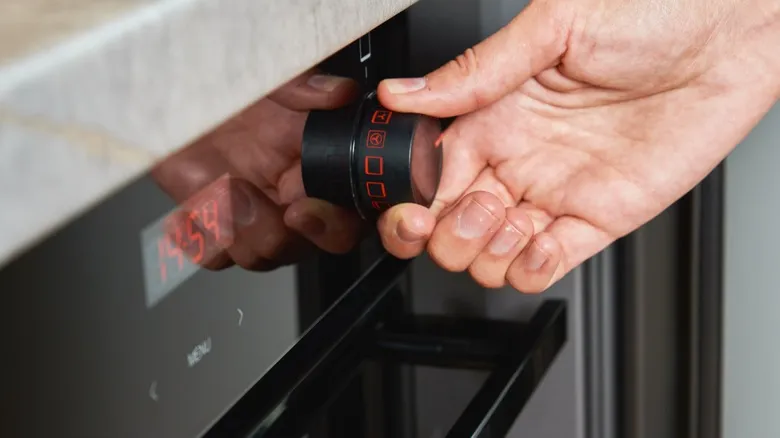
Many contemporary ovens feature distinct settings for baking and roasting, as well as broiling, which uses heat from the top to brown the surface of a dish. These settings may be labeled as convection bake and convection roast. Convection ovens utilize a fan to circulate air, unlike conventional ovens that do not.
A crucial distinction between these options is that the roast setting typically employs more fan power, enhancing air circulation while your food cooks. This movement of hot air aids in browning, crisping, and caramelizing roasted meats and vegetables.
However, if you're baking items like cookies or cakes, the circulating air can lead to dryness, making the bake option preferable, as it reduces fan usage. Keep in mind that there is no universal standard for these settings across different brands, so it's wise to consult your oven's manual for clarification. Additionally, temperature is equally important, so regardless of the setting you choose, ensure it is adjusted to the correct level.
Recommended

When To Oil Your Roasted Vegetables For The Best Possible Flavor
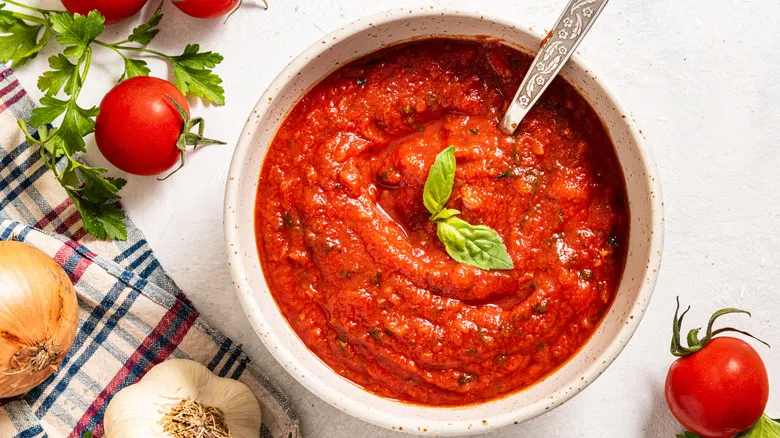
Basic All-Purpose Tomato Sauce Recipe
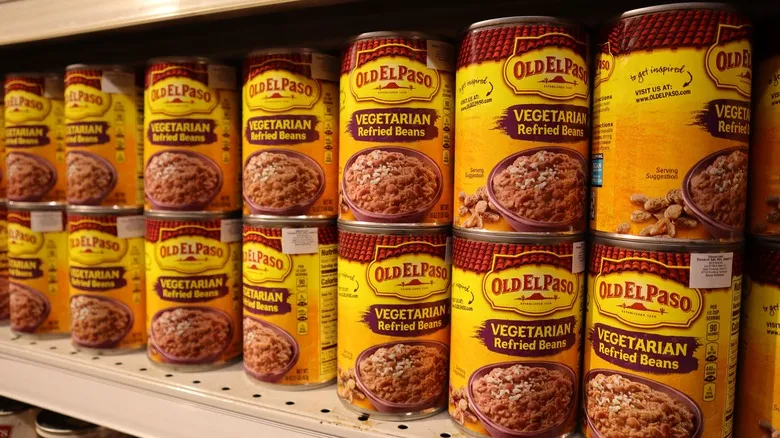
You Can't Assume Your Canned Refried Beans Are Vegetarian. Here's Why
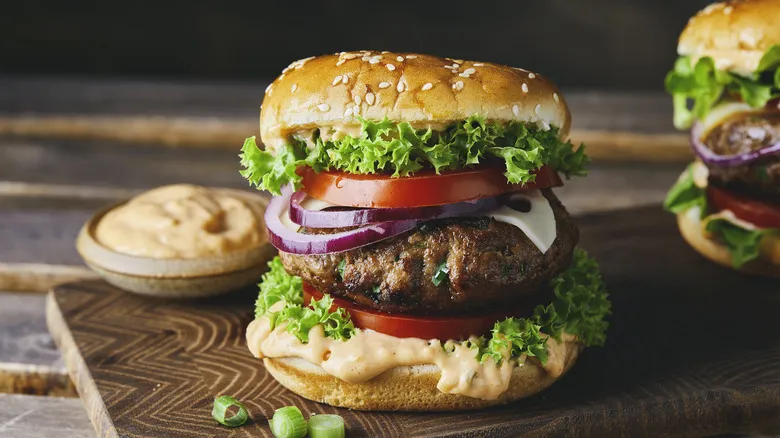
Make A Leaner (But Still Delicious) Burger By Going Half-Vegetarian
Next up

